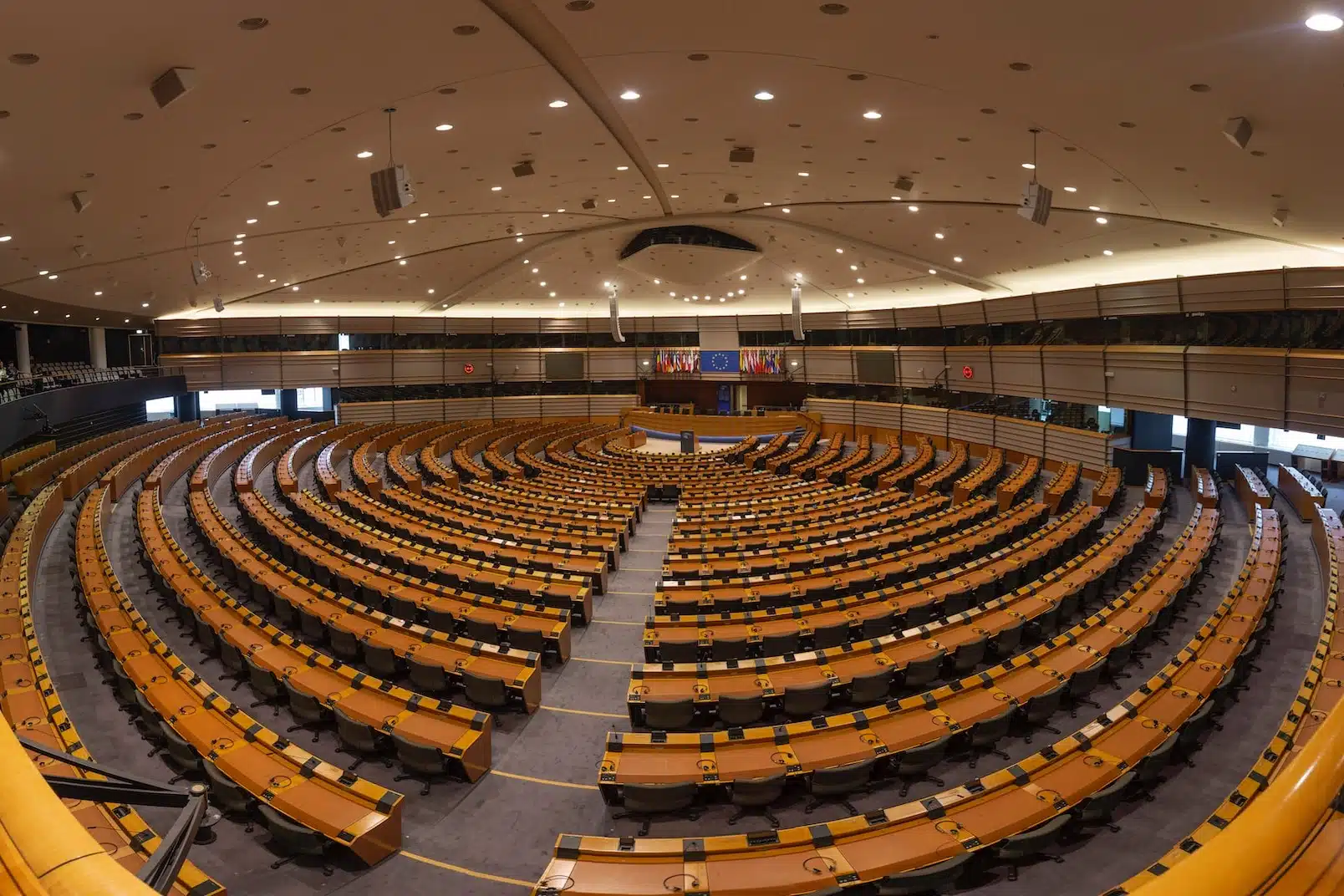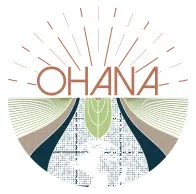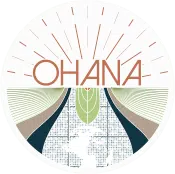
Updates from Brussels: The Latest on the EU Textile Strategy & EU Transition Pathway
Collaboration between the EU Commission and textile industry stakeholders has been taking place since early 2022, culminating in an official Textile Transition Pathway Report presented by the institution last June.
At the same time, the Parliament unveiled its own-initiative report on the EU Textile Strategy, adding new topics to the discussion around what is required to transform one of the largest sectors of the economy.
In this article, we bring you the latest developments on the EU Textile Strategy and the EU Transition Pathway, highlighting the key aspects of the recently published reports and their potential implications.
Want someone with deep experience and connections in the EU to help guide your sustainability strategy? Get in touch!
EU Textile Strategy: Contents of the Parliament’s Own-initiative Report
Likely the most important piece of legislation concerning the European textile sector, the EU Textile Strategy, published in March 2022, was soon followed by an own-initiative report elaborated by the Parliament.
The report, which underwent a successful EU Parliament voting in early June 2023, was created both, to highlight the gaps in the legislation, and push for a more ambitious text.
Within the document, MEPs recommended that:
- Fast fashion and textile overproduction should be eliminated from the EU.
- Consumers should have access to more information that can support more sustainable purchase decisions.
- The destruction of unsold and returned textile goods should be banned in the upcoming revision of the Ecodesign for Sustainable Products Regulation.
- The upcoming revision of the Waste Framework Directive should include specific targets for textile waste prevention, collection, reuse and recycling.
- The EU Commission needs to launch microplastic initiatives without further delay in order to protect the global environment.
- The REACH revision proposal should be urgently adopted to deliver on the EU’s commitment to minimising the use of hazardous substances in textile products. This part of the text also included a call for stringent restrictions on PFAS, which are widely used by the textile sector.
While the Parliament’s report is not legally binding, it could strongly influence the upcoming proposals around the same topic. It could also serve as a guiding light for organisations within the textile sector, who wish to steer their sustainability strategies in the direction of the recommendations made in the document.
Illustrating the MEP’s intention of raising the bar for EU textiles companies, Rapporteur Delara Burkhardt (S&D, DE) stated:
“Consumers alone cannot reform the global textile sector through their purchasing habits. If we allow the market to self-regulate, we leave the door open for a fast fashion model that exploits people and the planet’s resources. The EU must legally oblige manufacturers and large fashion companies to operate more sustainably”.
The Official Textile Transition Pathway Report
The Textile Transition Pathway Report is the product of a number of consultations and online workshops held throughout 2022, which realise the EU Commission’s vision of establishing an EU Textiles Ecosystem Transition Pathway.
Led by the Commission itself, these activities gathered multiple textile companies and key stakeholders to discuss the practical aspects of the EU textile industry’s green and digital transition.
The official document offers a list of recommended actions to be voluntarily adopted by EU textile businesses as a means to advance the sector’s twin transition, including:
- The implementation of Circular Business Models (e.g., take back services, second-hand and repair services, innovative sorting and recycling);
- The uptake of safe and sustainable by design chemicals and materials;
- Undertaking risk assessment and preparing management plans for potential disruptions in global supply chains;
- Reducing the number of fashion collections launched per year;
- Establishing a community of practice for the textile ecosystem as part of the EU Transition Pathway Stakeholder Support Platform.
After the publication of the report, the Commission also launched a survey in which companies in the textile industry can voluntarily commit to carrying forward the proposed actions.
The commitments made by companies will be published on the EU Transition Pathway website and monitored.The idea behind the initiative is to encourage ambitious European textile players to take bolder steps in the direction of a greener future.
The transition pathway for the textiles sector is, in fact, not a novelty within the EU. Tourism was the first sector to undergo such a process, which is currently in a much later stage of development. Organisations interested in learning more about how the EU’s commitment monitoring works, can consult the Tourism Transition Pathway website.
Want someone with deep experience and connections in the EU to help guide your sustainability strategy? Get in touch!
Join our newsletter to keep up to date with the latest news and information coming out of the EU.


